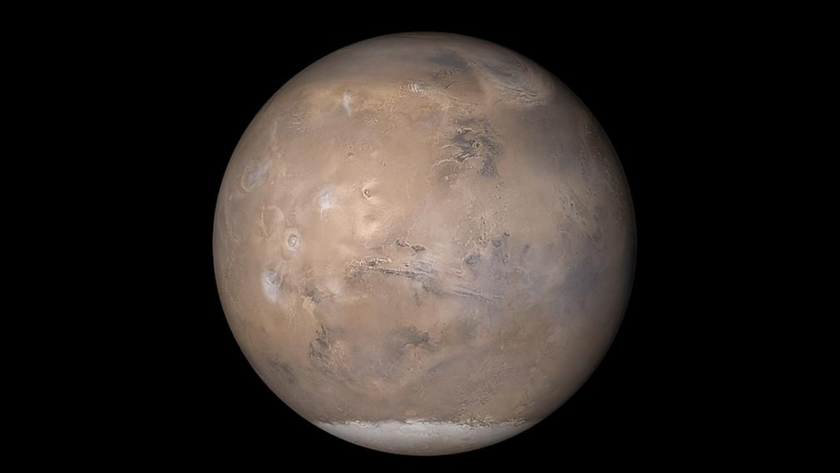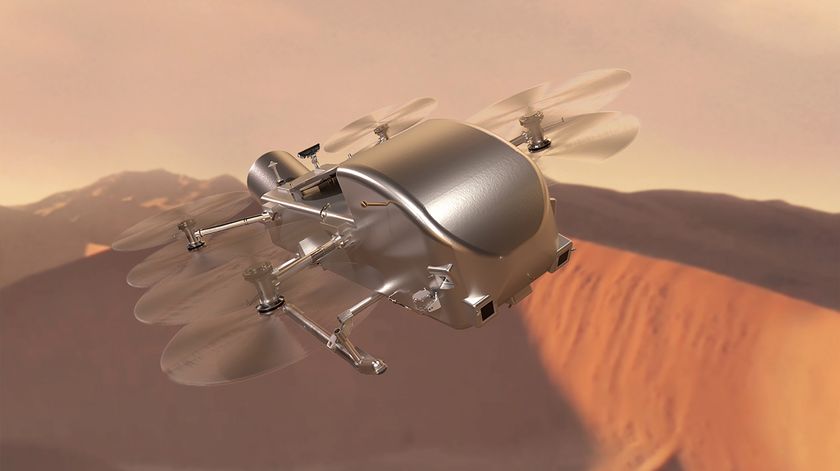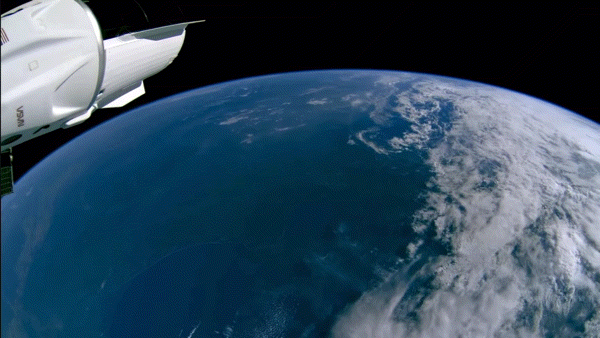Vote Now! Most Intriguing Alien Planets of 2011
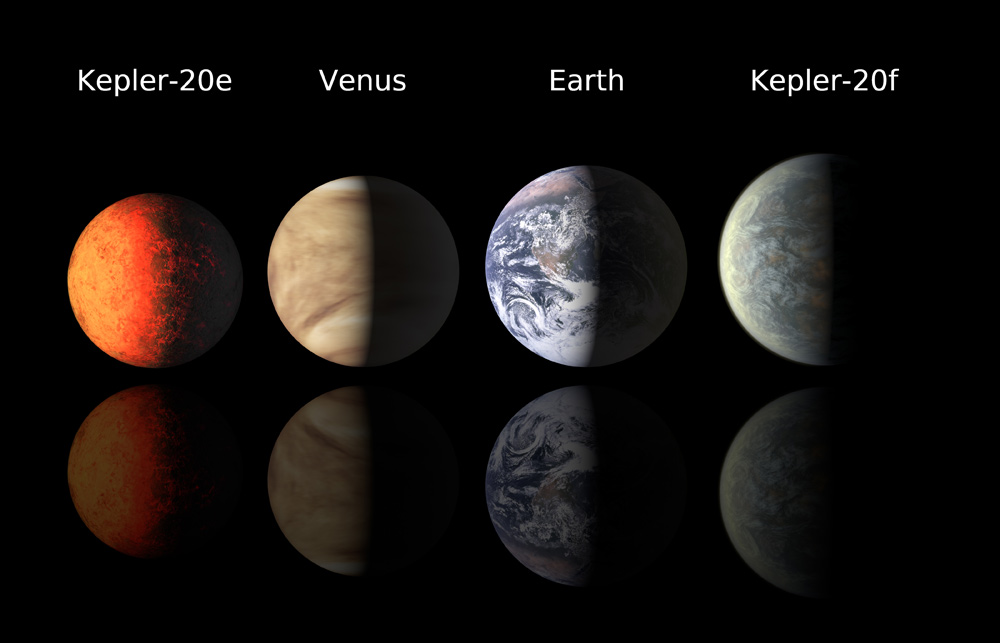
Earth-Size Planets & Diamond Worlds
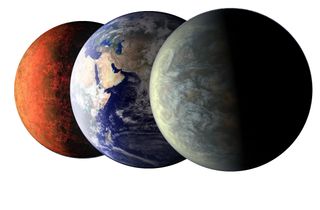
The year 2011 saw the discovery of a bountiful crop of alien planets. Scientists discovered the darkest world, a diamond world, a new class of rogue worlds and more.
NASA's Kepler space observatory has even found two Earth-size worlds around a star 950 light-years away — the first-ever exoplanets confirmed to be the size of our home planet.
Take a look at the most intriguing alien planet finds of 2011 and cast your vote for your favorite!
Plethora of Rogue Worlds
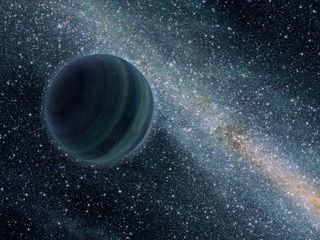
In May, astronomers announced a huge new class of extrasolar planets - the rogue alien planet.
A vast population of Jupiter-mass worlds floats through space without any discernible host star, the study found. While some of these exoplanets could potentially be orbiting a star from very far away, the majority of them most likely have no parent star at all, scientists say.
NEXT: Super-Hot Planet Kepler-21b
Kepler-21b: You Wouldn't Want to Live There
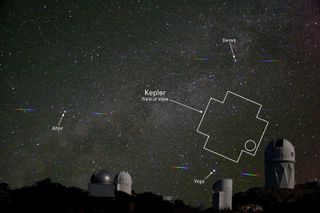
On Dec. 1, astronomers announced they found the ultra-hot alien planet Kepler-21b, a world with a surface temperature estimated to be about 2,960 degrees Fahrenheit (1,627 degrees Celsius) — hot enough to melt iron.
Kepler-21b is located 352 light-years from Earth and is 1.6 times bigger than our own planet. It sits just 3.7 million miles (6 million kilometers) from its host star and takes 2.8 days to complete one orbit. Earth, for comparison, zips around the sun at a distance of 93 million miles (150 million km).
NEXT: TrES-2b: The Darkest Alien Planet
TrES-2b: The Darkest Alien Planet
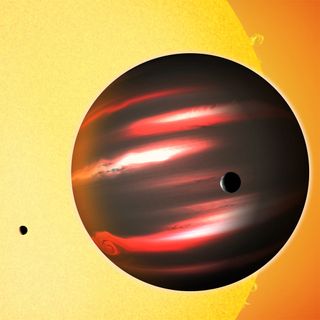
The discovery of the darkest alien planet yet found was announced in August, when astronomers unveiled the existence of dark planet TrES-2b, a world about 750 light-years away in the direction of the constellation Draco.
The researchers found this gas giant reflects less than 1 percent of the sunlight falling on it, making it darker than any planet or moon seen up to now.
NEXT: The Diamond Planet PSR J1719-1438
The Diamond Planet PSR J1719-1438
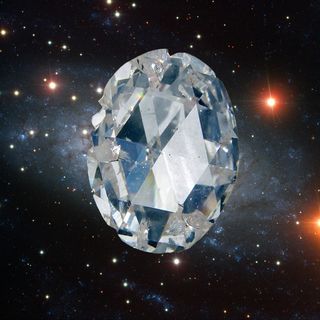
Another planet discovery announced in August carried a sparkly twist: the dense planet was likely made of diamond.
Known as planet PSR J1719-1438, the extrasolar world orbits a dense neutron star about 4,000 light-years from Earth in the constellation of Serpens (The Snake).
The super-high pressure of the planet has likely caused the carbon within it to crystallize into an actual diamond, researchers said.
NEXT: Planet LkCa 15 b: Youngest Planet Yet
Planet LkCa 15 b: Still Under Construction
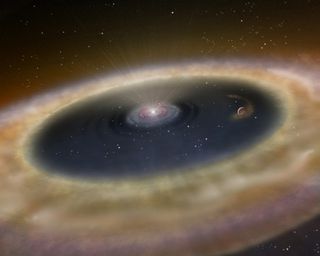
In October, astronomers announced an astounding feat: They had spotted the actual birth of a planet.
Researchers used Hawaii's Keck Observatory to capture the first direct images of the still-forming planet LkCa 15 b, which is in the process of coalescing around a star 450 light-years away in the constellation Taurus (the Bull).
As far as infants go, LkCa15 b looks like a whopper, perhaps harboring as much mass as six Jupiters. But since the planet is still forming, it could end up being considerably smaller, scientists said.
However big it is, the alien world is definitely young. Its parent star, which is about as massive as the sun, is only about 2 million years old.
NEXT: Kepler-10b: First Confirmed Rocky World
Kepler-10b: First Confirmed Rocky World
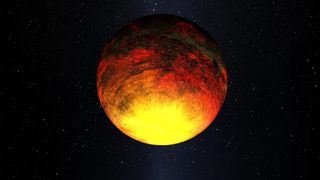
The year 2011 began as it ended, with the announcement of what was at the time the smallest alien planet yet seen. It is located about 560 light-years away.
In the January announcement, astronomers confirmed that the small alien planet Kepler-10b was not only just 1.4 times larger than Earth, it was also a rocky world - a major find.
Kepler-10b reigned as the smallest known alien planet until December, when the discovery of two new planets - one the size of Earth and the other slightly smaller - was announced.
NEXT: Potentially Habitable Super-Earth
Potentially Habitable Super-Earth HD 85512 b
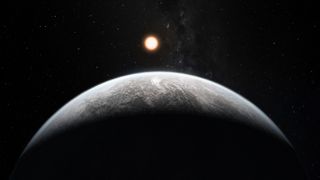
The large alien planet HD 85512 b wasn't alone when its discovery was announced in September. The planet was one of 50 exoplanets found by a European telescope, but it was the only one in the group that could potentially be a haven for life.
HD 85512 b captured astronomers' attention because it orbits at the edge of its star's habitable zone. The potentially habitable super-Earth is estimated to be only 3.6 times more massive than Earth, and its parent star is located about 35 light-years away, making it relatively nearby.
NEXT: Real-Life 'Tatooine' Discovered
Real-Life 'Tatooine' Discovered
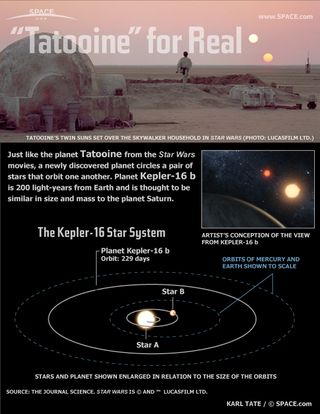
It's a real-life Tatooine. A spectacle made popular by the "Star Wars" saga — a planet with two suns — has now been confirmed in space for the first time, astronomers revealed on Sept. 15.
The Tatooine-planet Kepler-16b has two suns, which it orbits in a system located 200 light-years from Earth.
"This discovery is stunning," study co-author Alan Boss of the Carnegie Institute in Washington said at the time. "Once again, what used to be science fiction has turned into reality."
NEXT: Alien Planet in Habitable Zone
Alien Planet in Habitable Zone
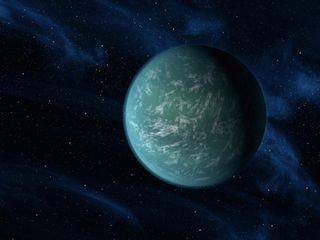
In early December, NASA announced the discovery of planet Kepler-22b, the first confirmed alien planet inside the habitable zone of its parent star found by the agency's Kepler space telescope. The planet is about 600 light-years away, orbiting a sun-like star.
Kepler-22b's radius is 2.4 times that of Earth, and the two planets have roughly similar temperatures. If the greenhouse effect operates there similarly to how it does on Earth, the average surface temperature on Kepler-22b would be 72 degrees Fahrenheit (22 degrees Celsius).
NEXT: First Earth-Size Planet Confirmed
First Earth-Size Planet Confirmed
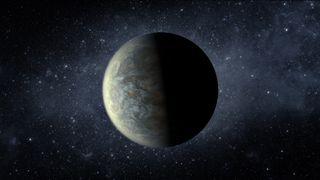
In mid-December, NASA broke more exoplanet news with the discovery of the first Earth-size alien planets ever confirmed beyond our own solar system.
The two planets, called Kepler-20e and Kepler-20f, are roughly the size of Earth, but it is Kepler-20f that that is the closest to Earth's size twin of the pair, scientists said. They orbit a star 950 light-years from Earth.
Kepler-20f is 1.03 times the size of Earth and makes a full orbit every 19.6 days at a distance of 10.3 million miles (16.6 million km).
NEXT: Alien Planet Smaller Than Earth Found
Join our Space Forums to keep talking space on the latest missions, night sky and more! And if you have a news tip, correction or comment, let us know at: community@space.com.
Get the Space.com Newsletter
Breaking space news, the latest updates on rocket launches, skywatching events and more!

Space.com is the premier source of space exploration, innovation and astronomy news, chronicling (and celebrating) humanity's ongoing expansion across the final frontier. Originally founded in 1999, Space.com is, and always has been, the passion of writers and editors who are space fans and also trained journalists. Our current news team consists of Editor-in-Chief Tariq Malik; Editor Hanneke Weitering, Senior Space Writer Mike Wall; Senior Writer Meghan Bartels; Senior Writer Chelsea Gohd, Senior Writer Tereza Pultarova and Staff Writer Alexander Cox, focusing on e-commerce. Senior Producer Steve Spaleta oversees our space videos, with Diana Whitcroft as our Social Media Editor.
